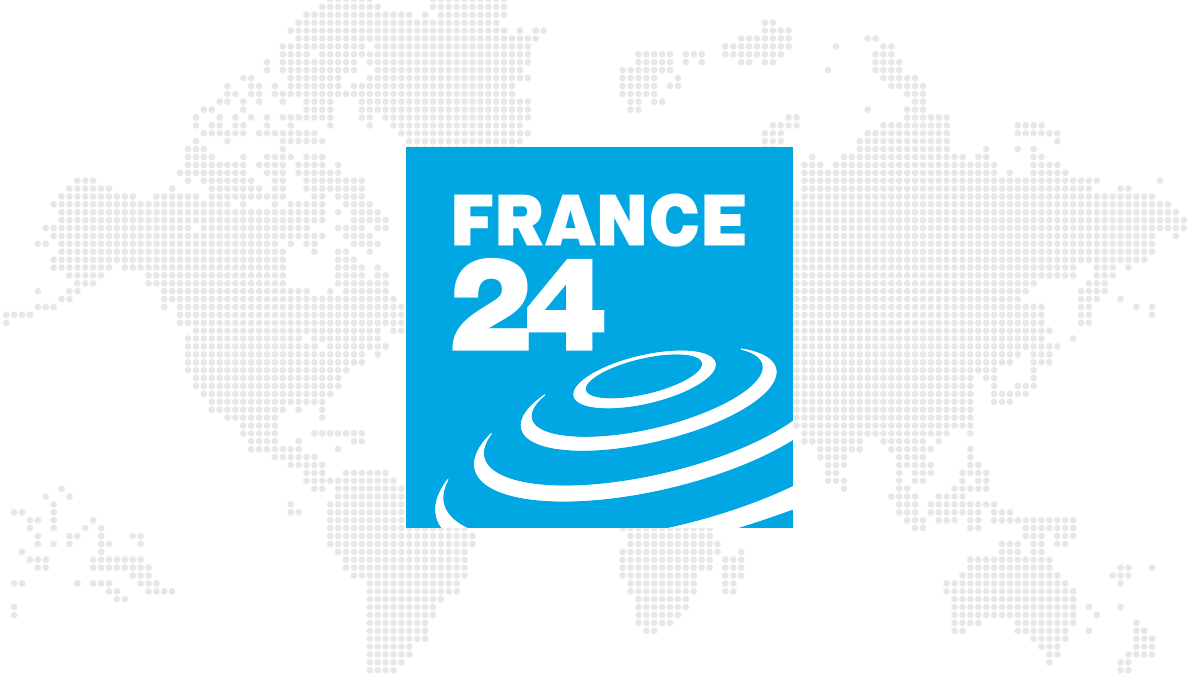Washington (AFP)
If there are ten of you around a table, today in Paris, the risk that at least one of the guests has the coronavirus is 32%.
In Washington, it is 18%.
In Walsh County, North Dakota, it is over 99%.
In Prague, it is 58%.
The math is simple, based on real-time data on the Covid-19 pandemic, but presented in a readable fashion by a site that has been growing in popularity since going live in July, created by researchers at Georgia Tech University. and whose methodology was validated Monday with a publication in one of the prestigious journals Nature.
The address is https://covid19risk.biosci.gatech.edu/ (in English), but it fell victim to its success on Thursday, the site sometimes posting error messages in the face of the influx of connections.
Researchers calculate the risk based on the official number of new cases reported each day in a given location (by county in the United States, or by department in France).
The model also takes into account the fact that the actual number of contaminations is 5 to 10 times greater than the number of positive tests, and the user can calculate the risk according to these two hypotheses, 5 or 10. In the United States , the director of the Centers for Disease Control (CDC) said this summer that the tests probably detected only one in 10 cases.
The numbers at the start of this article are based on a 10-fold underestimate.
If we estimate that there are only five times more infections than the official number, the risk of having a positive person among the ten at a Parisian dinner goes down to 18%, to 10% in Washington and to 94% in Walsh, North Dakota.
Then you can select the size of the event you plan to participate in: 10, 25, 50, 100 or up to 5,000 people.
But going up to 5,000 is pointless.
At present, in many places in the United States and Europe, we exceed 50% of probability of being in the presence of an infected person from 50 people.
With 50 people - at a wedding or in busy bars, if they were open - the risk of at least one being contaminated would be 86% in Paris and 99% in the Rhône.
The site takes a conservative approach: it assumes that a person stays positive for 10 days, its creator Joshua Weitz tells AFP.
In fact, researchers estimate that a person is highly contagious for less time, on the order of 5 to 6 days, and that the rest of the time it is less or not, despite the residual presence of the virus.
The model also does not take into account that an infected person is more likely to stay at home after symptoms appear.
But he notes that half of the infections come from people who have no or few symptoms or are unaware they are infected, according to studies.
What the menu does not give is the risk of being contaminated yourself at a given dinner or in such a restaurant, because it depends on too many variables, starting with personal behavior, and ventilation.
"We hope that this information will lead people not to organize or question their participation in big events, as well as a reinforcement of the wearing of the mask," continues Joshua Weitz.
But as Thanksgiving and Christmas approach, everyone can do their math.
© 2020 AFP

